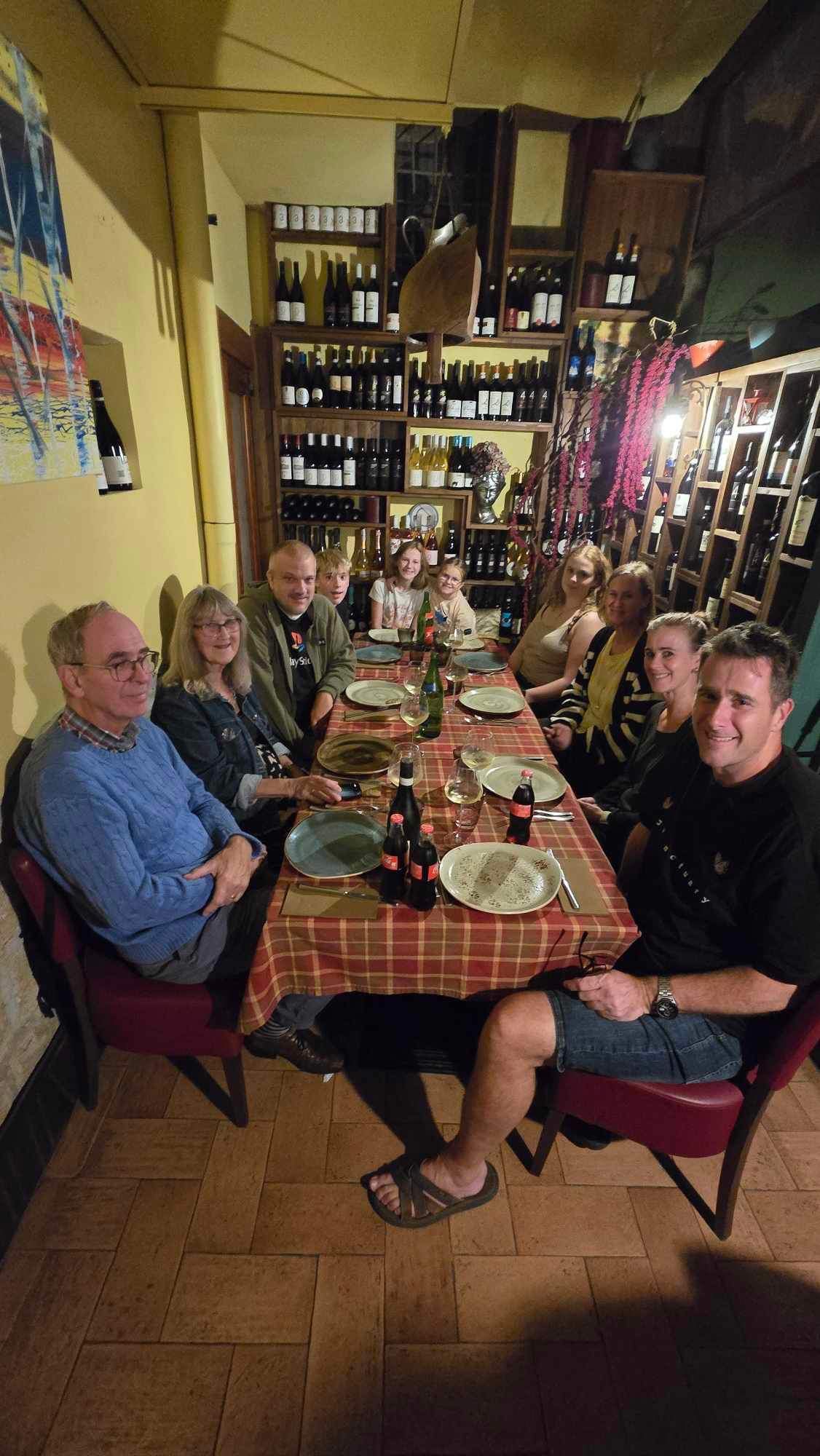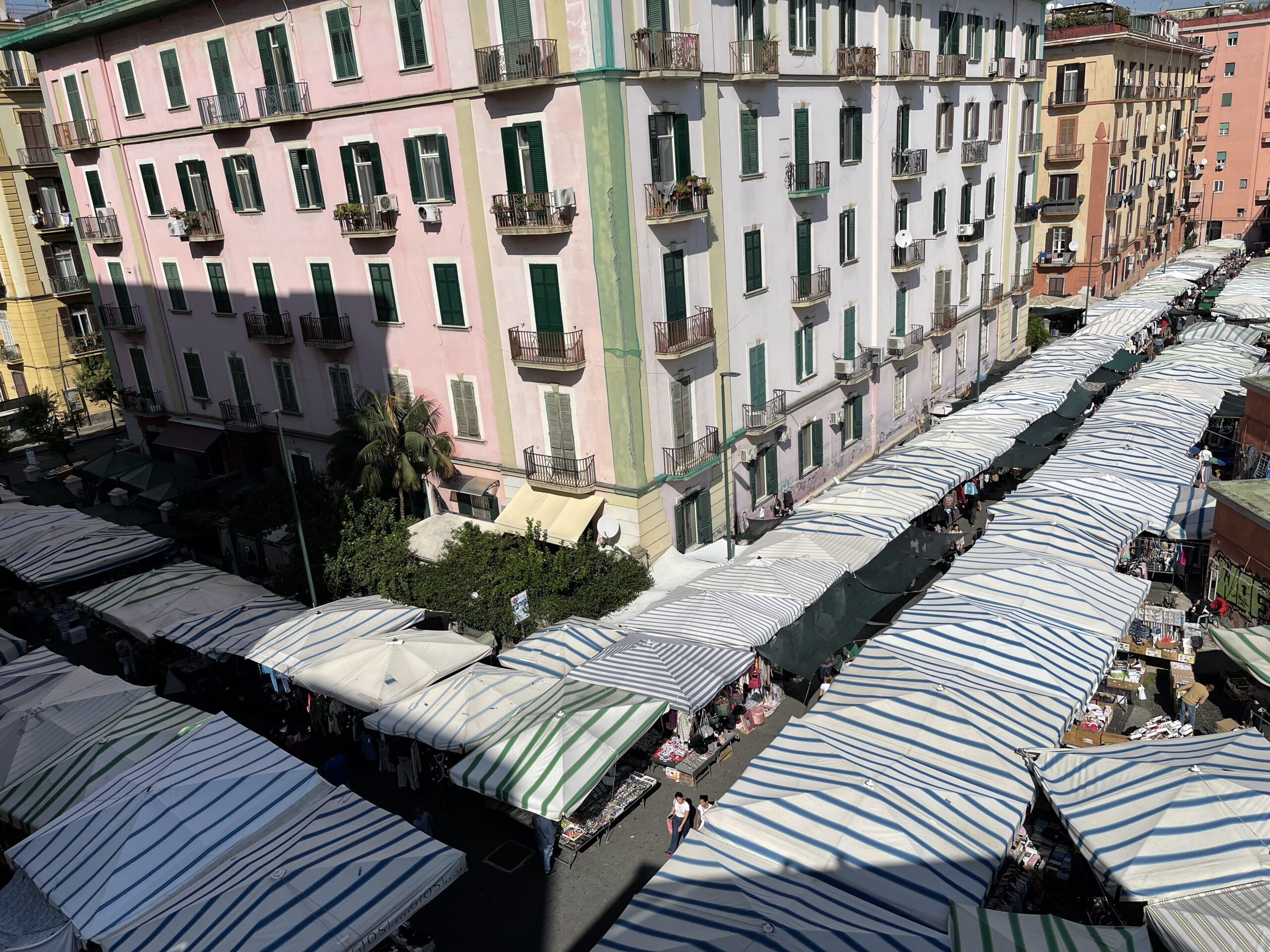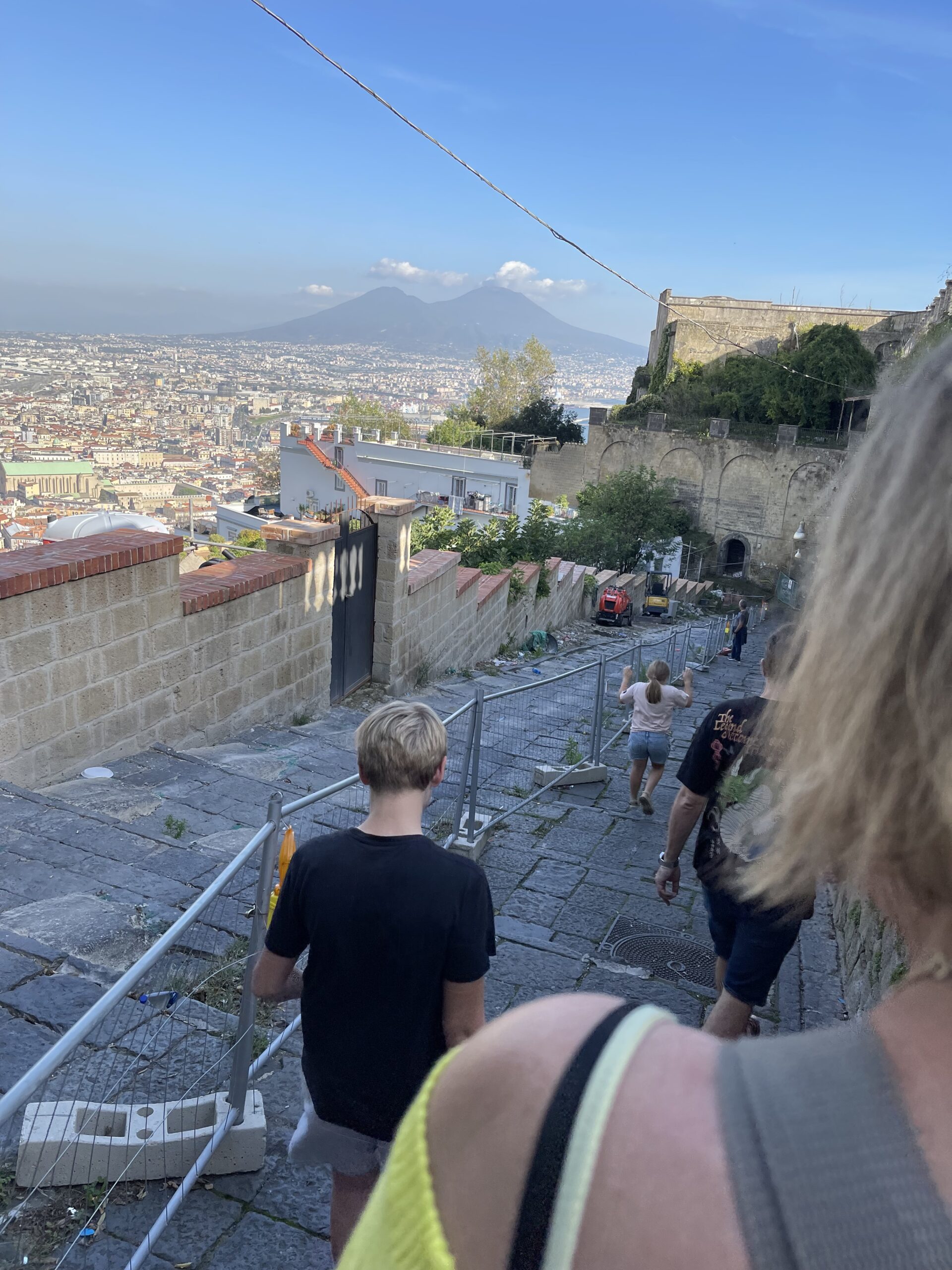
 Photographer: Sophia
Photographer: Sophia








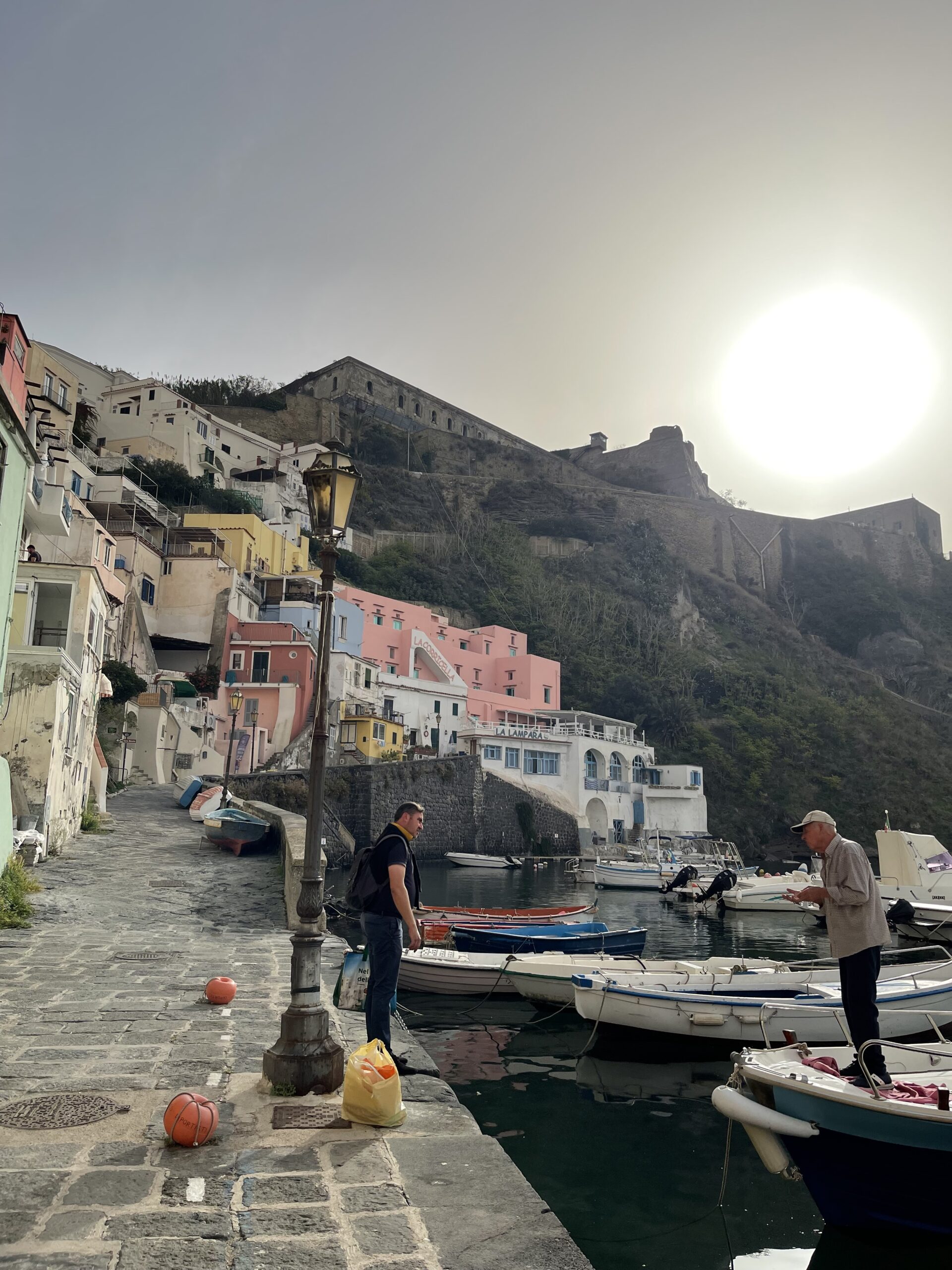


The perfect tiny hotel and the best place to celebrate my parents anniversary, with excellent fresh seafood platters and the nicest staff.
 Photographer: Naomi
Photographer: Naomi

The owner spotted an octopus and quickly ran to get a line, to try and catch it – no luck, but very fun.

Carsten got convinced to pick up shells for the girls, but we had to put them back, because they were not empty.




It was a long and very warm walk up to the viewpoint of the Marina Corricella. The beige sun umbrellas is where we had breakfast.


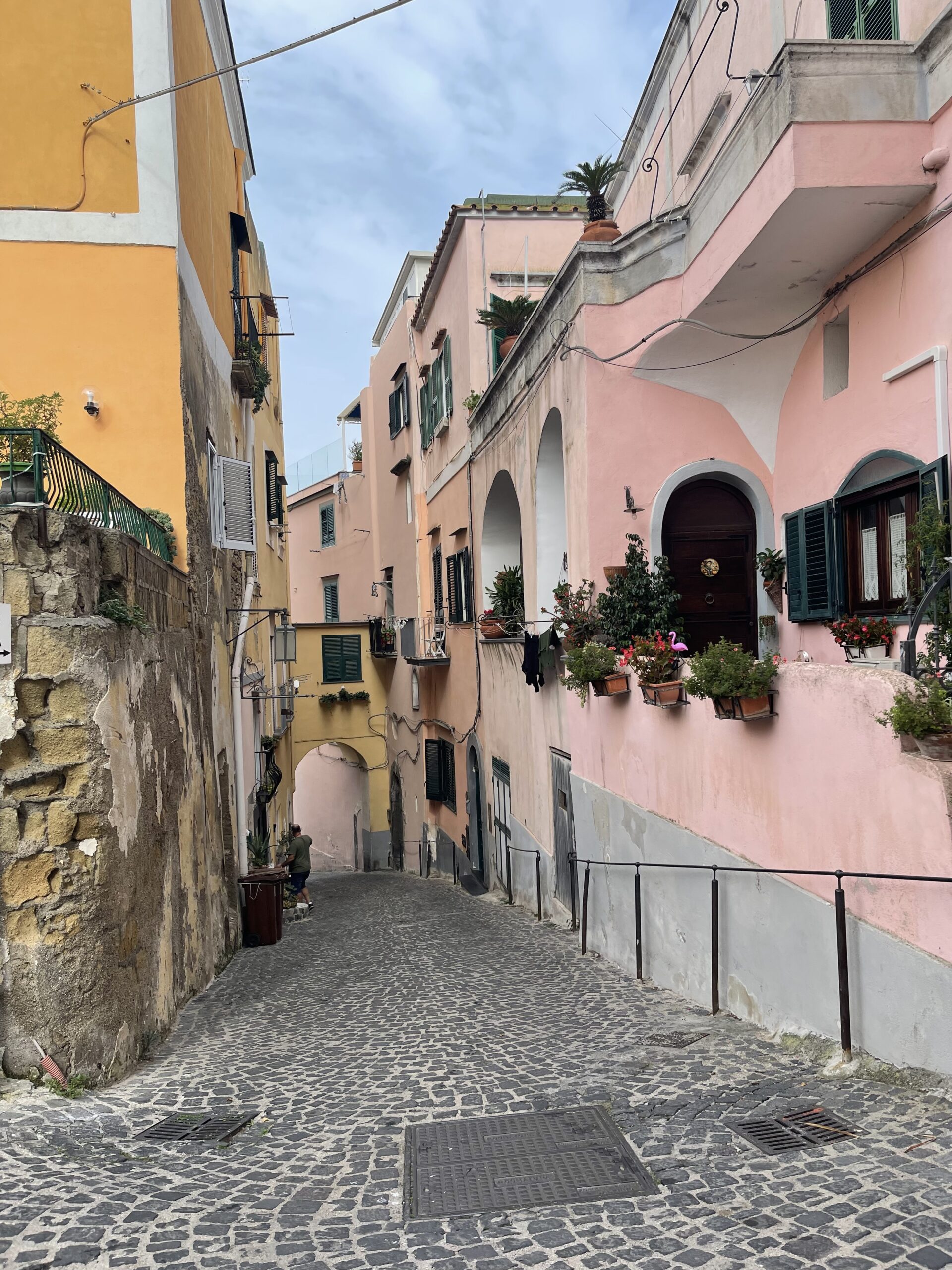


Palazzo d’Avalos.
Originally build as a palace in the 16th century. In 1734, after the domination of the d’Avalos family ended, the palace was confiscated by the Bourbons, and became the royal hunting retreat for both King Charles III and King Ferdinand IV. In 1815 it was made into a military academy. Finally it was taking over by the state and made in to a prison in 1830. Housing thieves, Camorra and fascist generals, the prison also had a big production of linen. The prison was closed and abandoned in 1988.



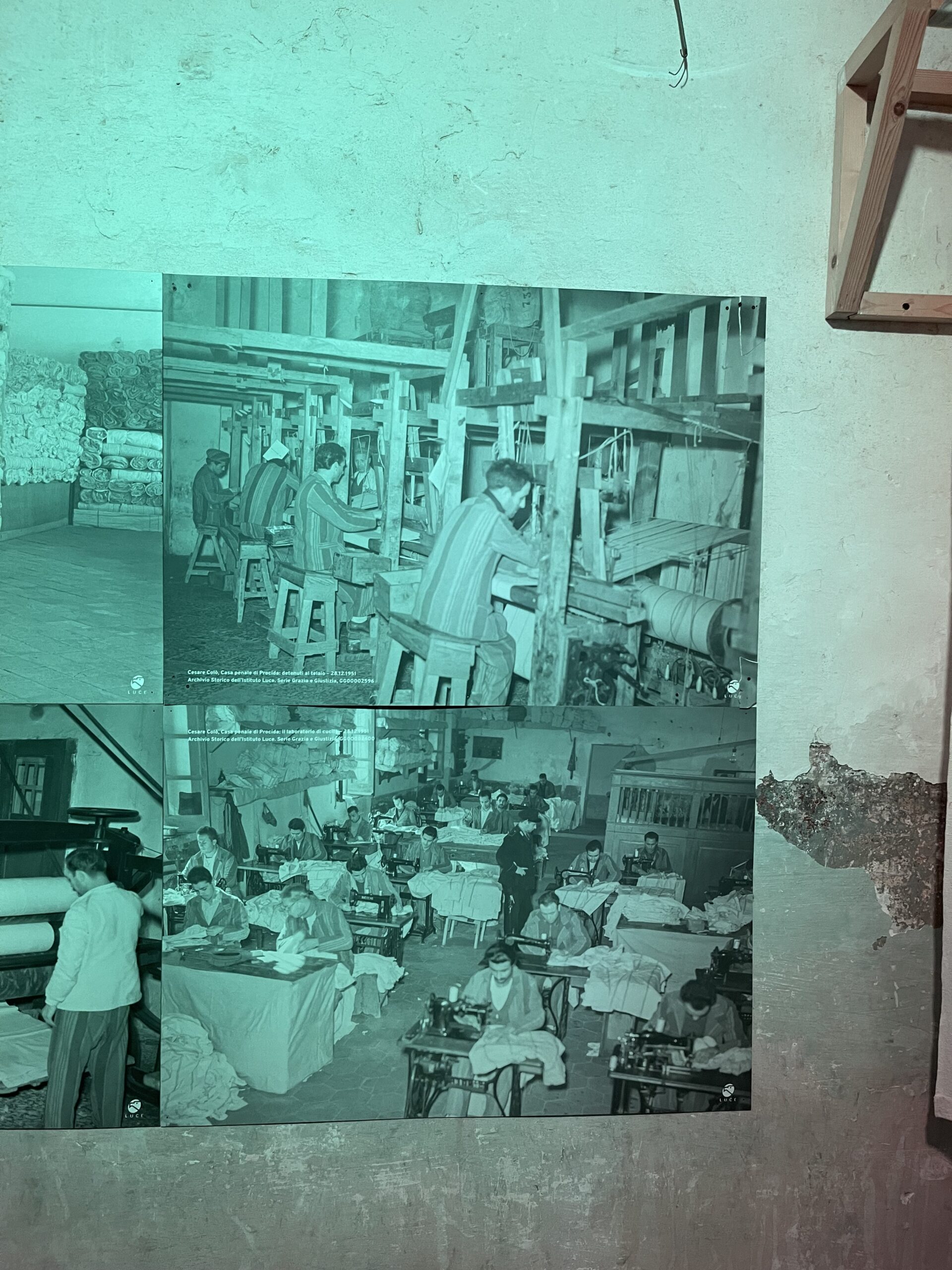


Casale Vascello. This small courtyard of traditional houses was built in the 16th century and shows the characteristic architecture of Procida, with outside staircases and arched windows.

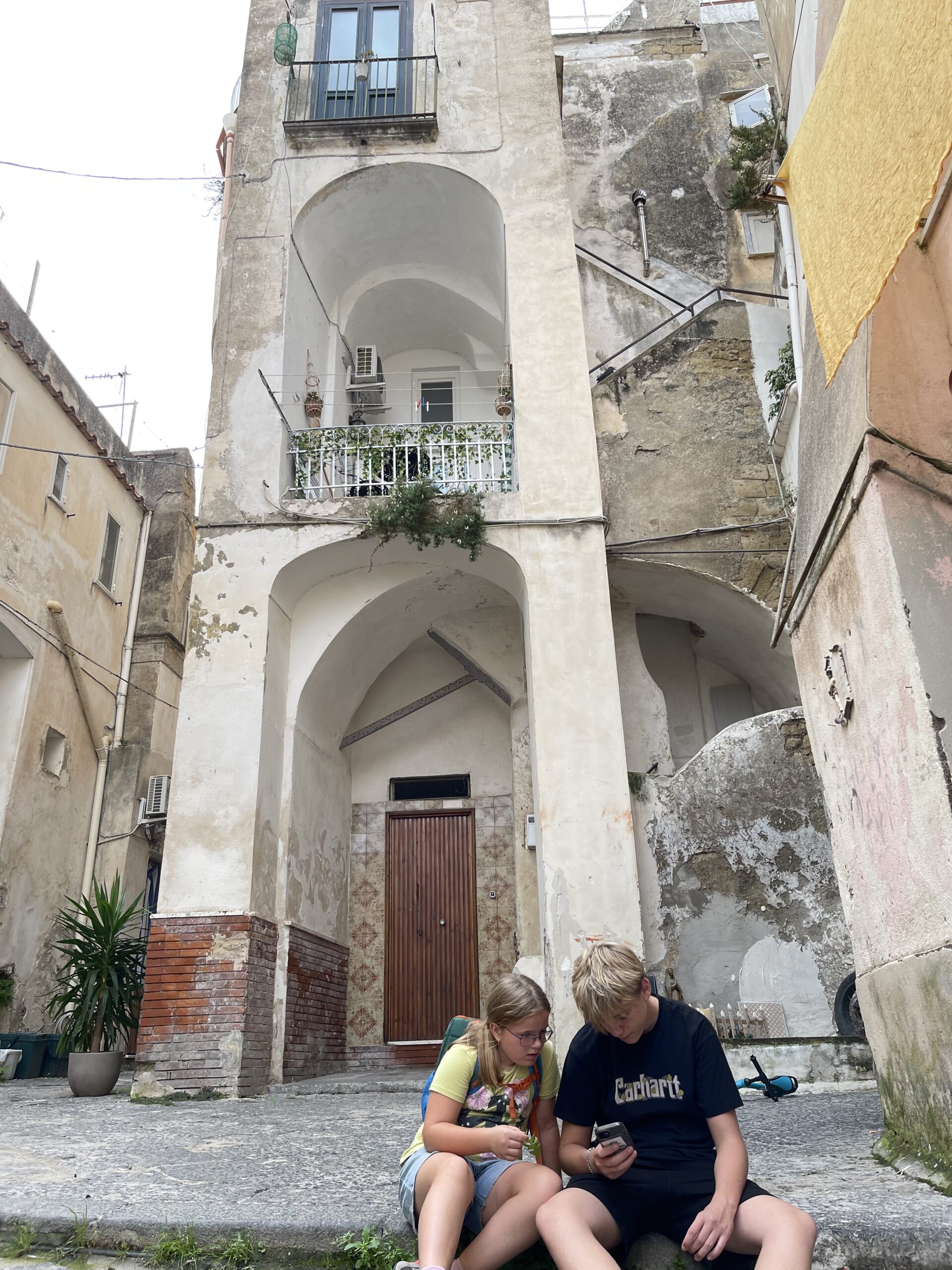



The perfect ending to a fantastic visit to Procida, a swim in the Mediterranean Sea.

















